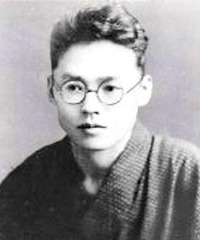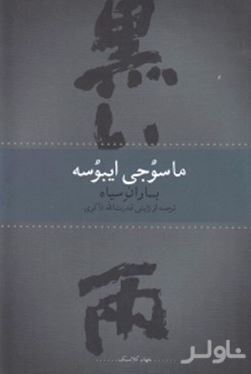|
نویسنده :
ماسوجی ایبوسه
ناشر :
گیسا
۴ از ۵
|


